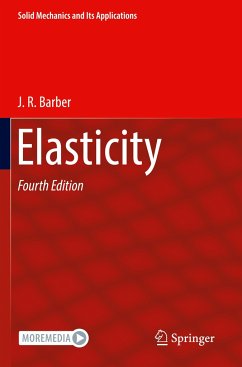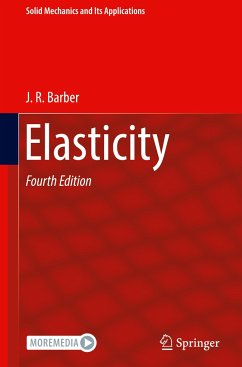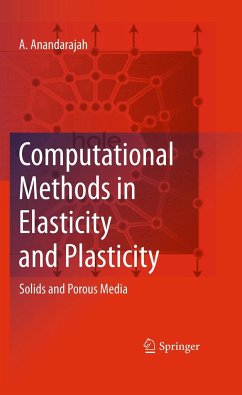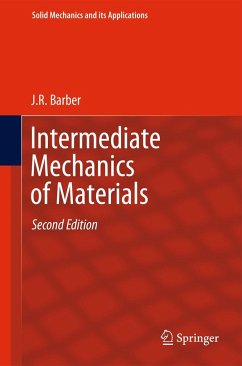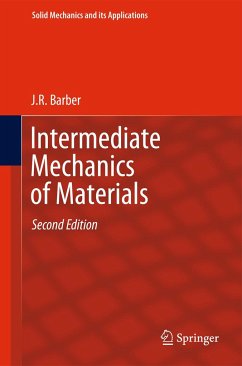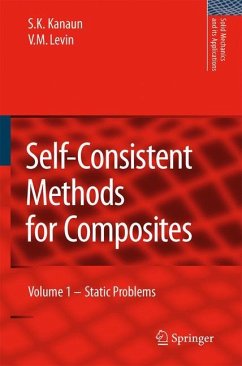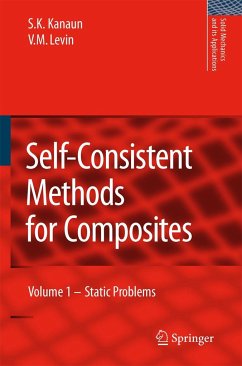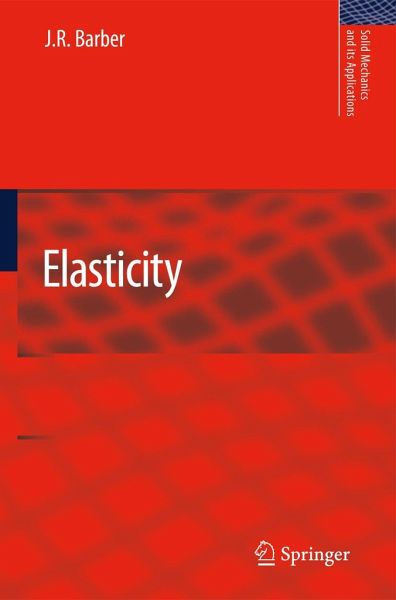
Elasticity
Versandkostenfrei!
Versandfertig in 6-10 Tagen
98,99 €
inkl. MwSt.
Weitere Ausgaben:

PAYBACK Punkte
49 °P sammeln!
The subject of Elasticity can be approached from several points of view, - pending on whether the practitioner is principally interested in the mat- matical structure of the subject or in its use in engineering applications and, in the latter case, whether essentially numerical or analytical methods are envisaged as the solution method. My ?rst introduction to the subject was in response to a need for information about a speci?c problem in Tribology. As a practising Engineer with a background only in elementary Mechanics of - terials, I approached that problem initially using the concepts of c...
The subject of Elasticity can be approached from several points of view, - pending on whether the practitioner is principally interested in the mat- matical structure of the subject or in its use in engineering applications and, in the latter case, whether essentially numerical or analytical methods are envisaged as the solution method. My ?rst introduction to the subject was in response to a need for information about a speci?c problem in Tribology. As a practising Engineer with a background only in elementary Mechanics of - terials, I approached that problem initially using the concepts of concentrated forces and superposition. Today, with a rather more extensive knowledge of analytical techniques in Elasticity, I still ?nd it helpful to go back to these roots in the elementary theory and think through a problem physically as well as mathematically, whenever some new and unexpected feature presents di?culties in research. This way of thinking will be found to permeate this book. My engineering background will also reveal itself in a tendency to work examples through to ?nal expressions for stresses and displacements, rather than leave the derivation at a point where the remaining manipulations would be mathematically routine. The ?rst edition of this book, published in 1992, was based on a one semester graduate course on Linear Elasticity that I have taught at the U- versity of Michigan since 1983.




